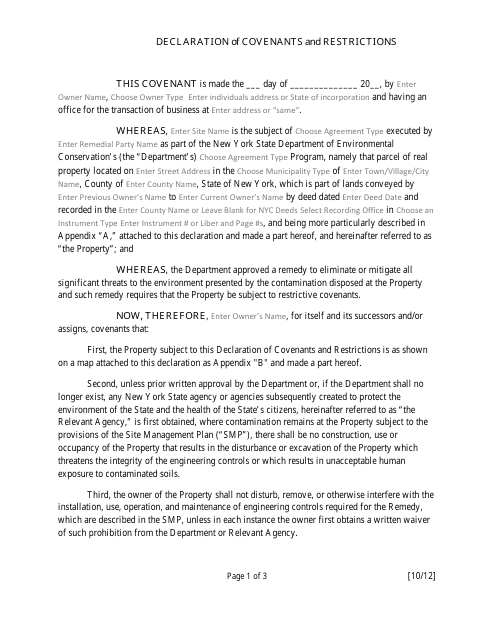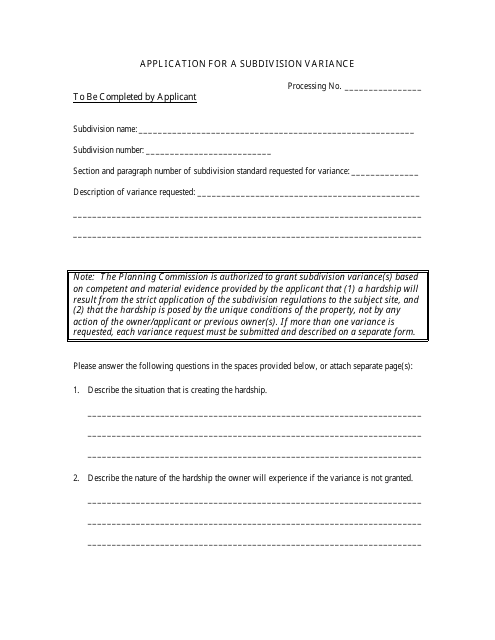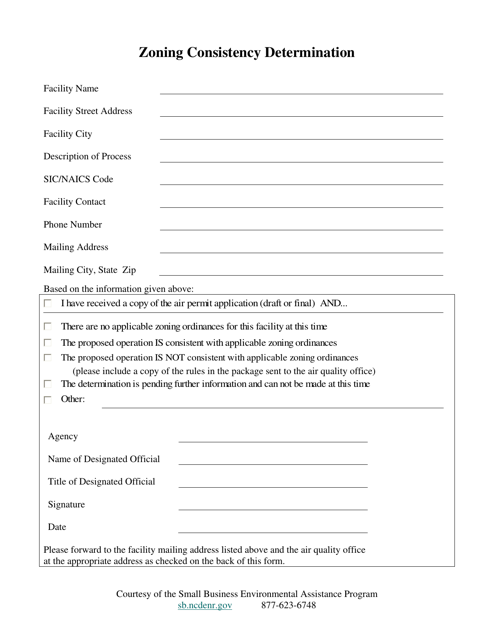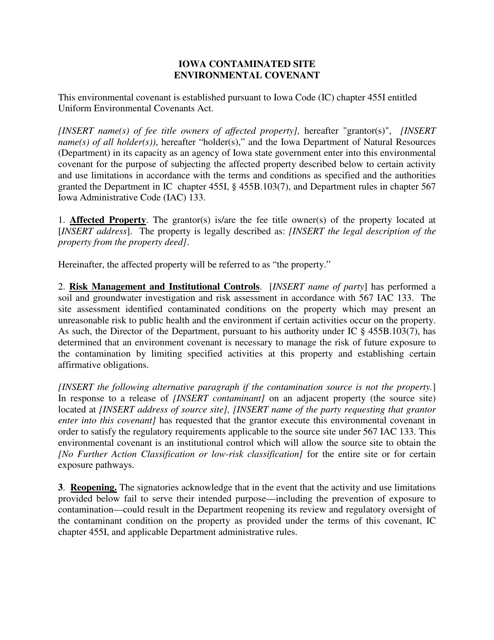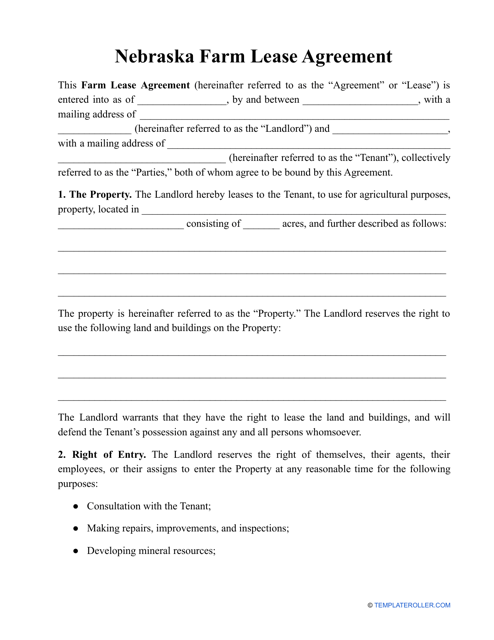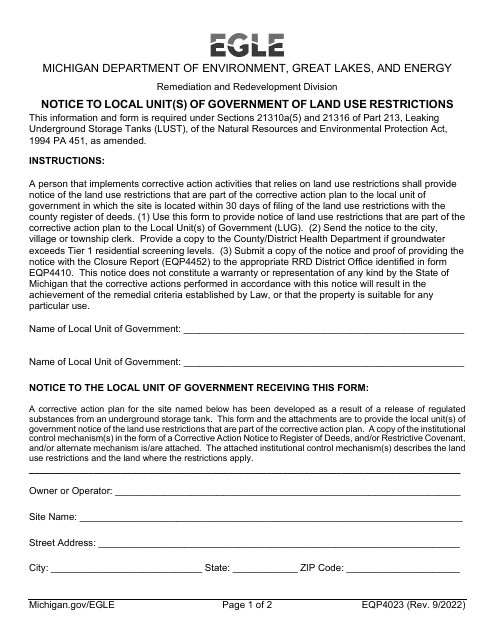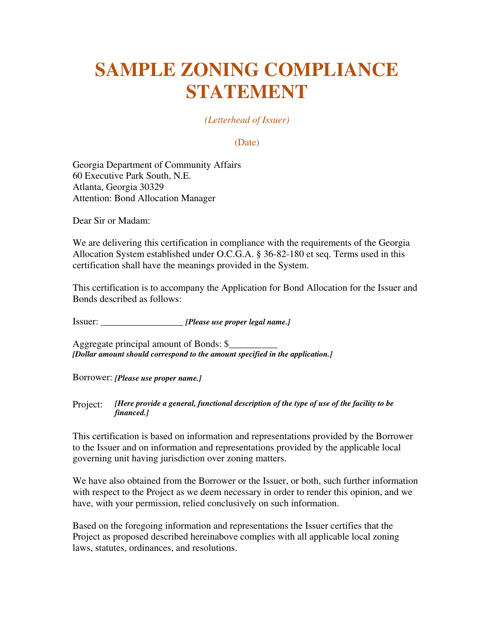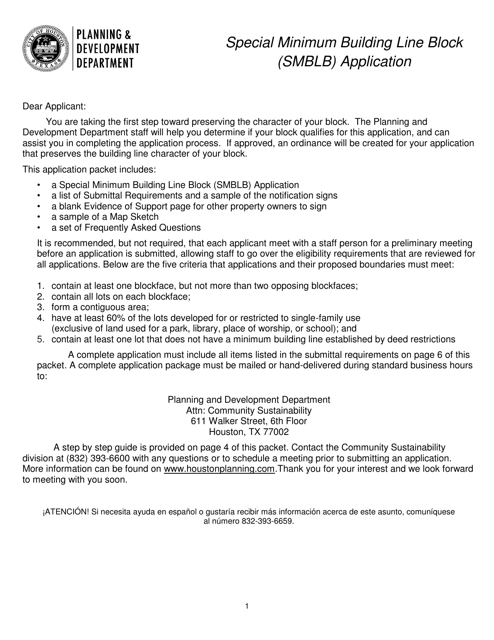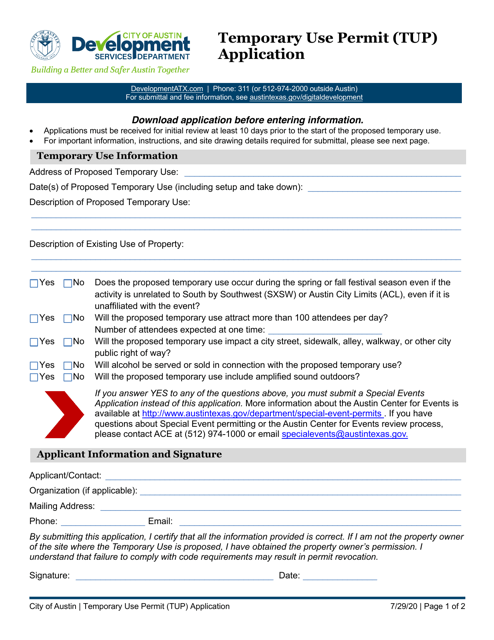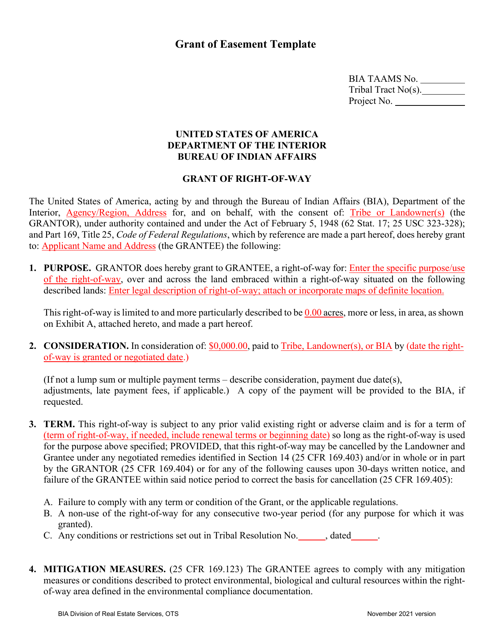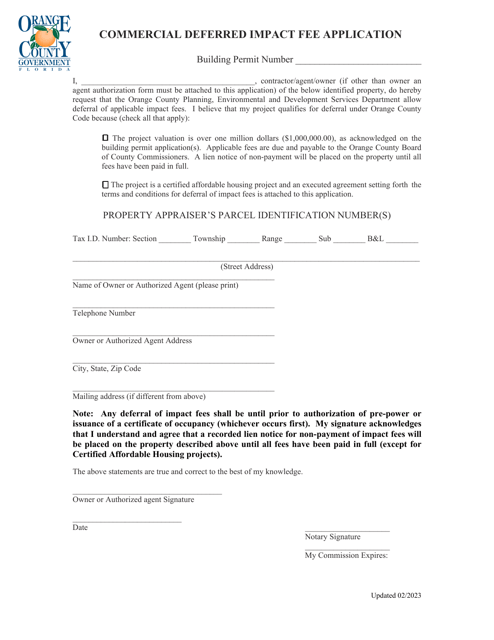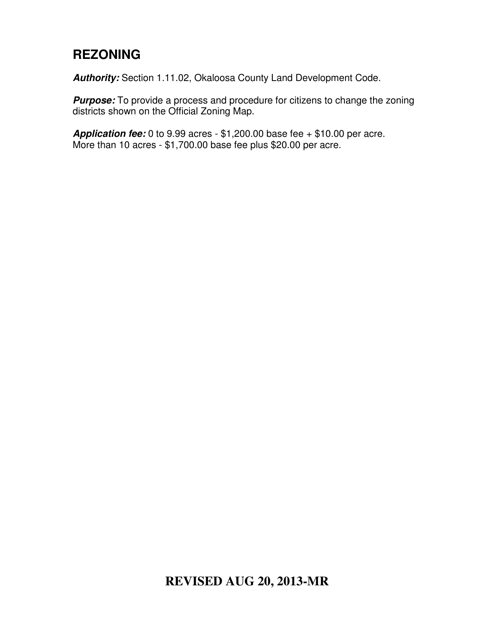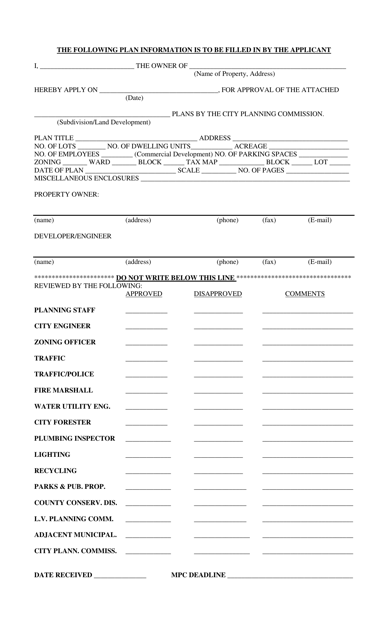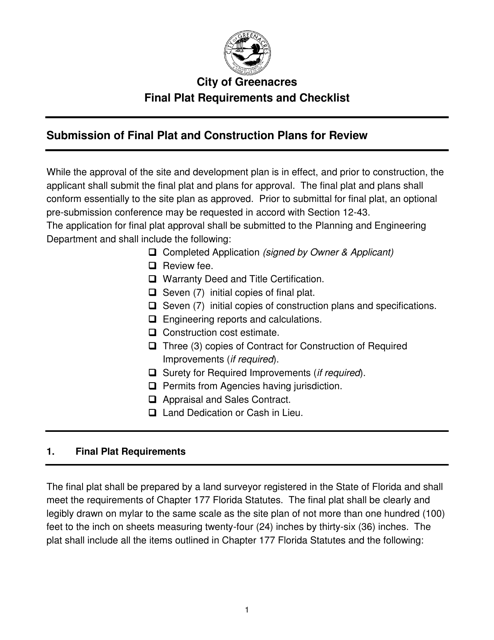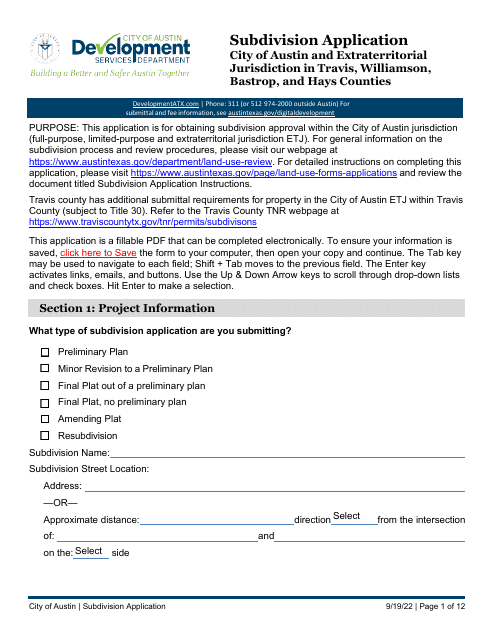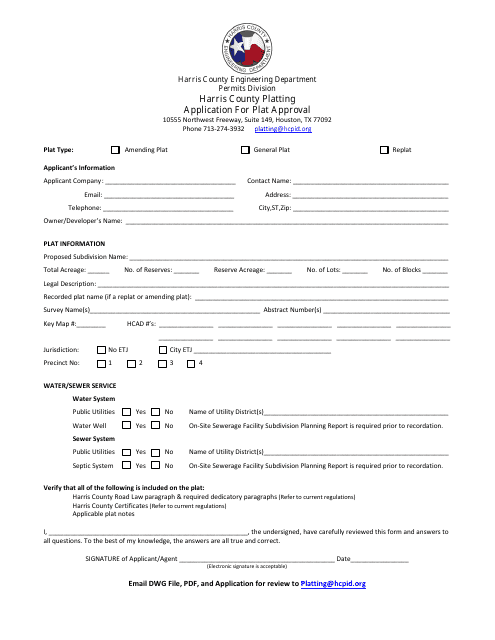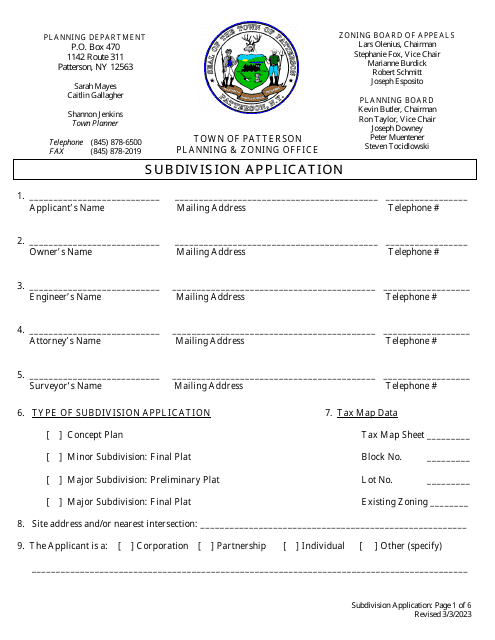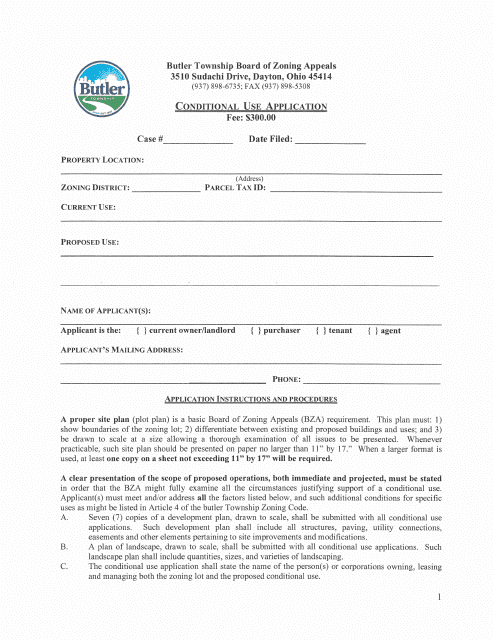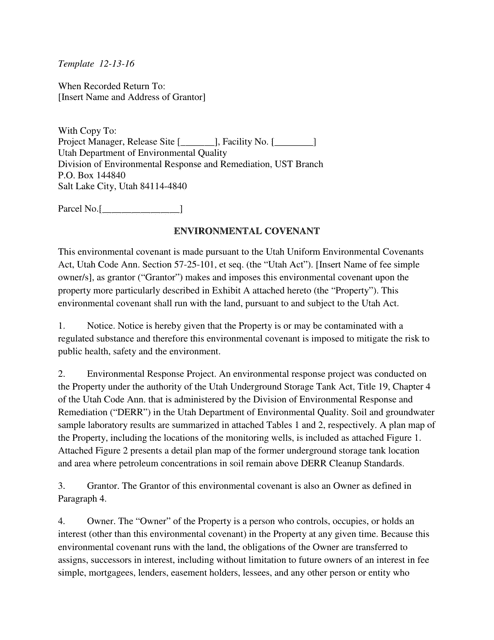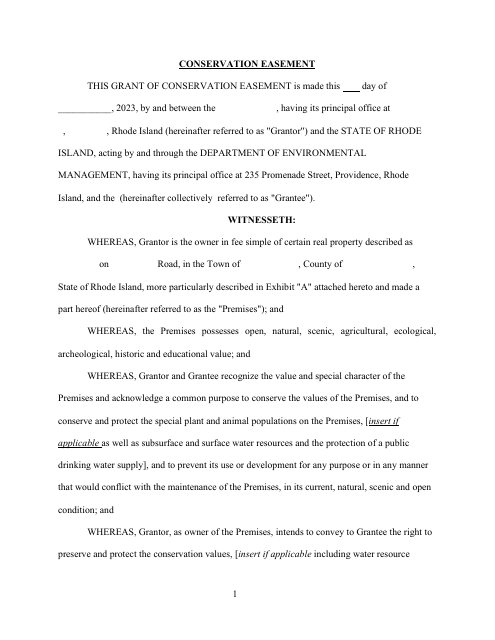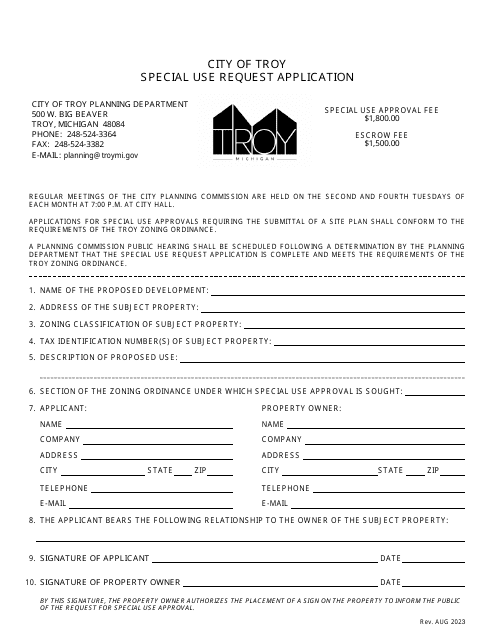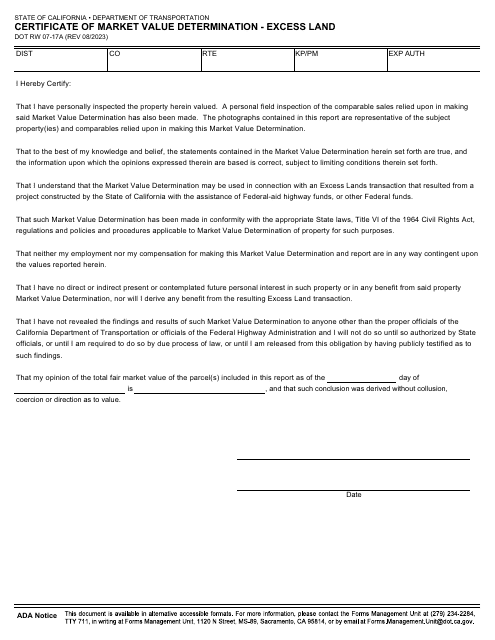Land Use Restriction Templates
Are you planning a new development project? Before you start, it's important to understand the land use restrictions that may impact your plans. Land use restrictions, also known as land use regulations or zoning ordinances, are legal provisions that dictate how land can be used.
These restrictions are put in place by local governments to ensure that land is developed in a way that aligns with community goals and protects the environment. Whether you're looking to build a residential subdivision, start a new business or make changes to an existing property, it's crucial to be familiar with the land use restrictions that apply to your specific location.
Land use restrictions can vary from state to state and even between different municipalities within the same state. They can govern various aspects of land use, including building height, setback requirements, parking regulations, and the types of activities allowed in certain zones.
Understanding and complying with land use restrictions can be a complex process. That's why it's important to consult with local planning departments or engage the services of land use planning professionals who can guide you through the process. They can help you navigate the necessary permits and applications, such as the Notice to Local Units of Government of Land Use Restrictions, Subdivision Application, Conditional Use Application, or Certificate of Market Value Determination.
At Templateroller.com, we specialize in assisting clients with land use restriction matters. Our experienced team will work closely with you to ensure that you have a clear understanding of the land use regulations that pertain to your project. We can help you prepare and submit the required documentation and navigate any potential challenges that may arise. With our expertise, you can confidently move forward with your development plans while staying compliant with all land use restrictions and regulations.
Don't let land use restrictions stand in the way of your project's success. Contact Templateroller.com today to learn more about how we can assist you in navigating the complex world of land use regulations and ensuring your development project complies with all necessary requirements.
Documents:
25
This document outlines the rules and regulations for a specific property or neighborhood in New York. It covers things like property use, architectural guidelines, and community obligations.
This document is used to apply for a subdivision variance, which allows for exceptions or changes to be made to the regulations and requirements for dividing a piece of land into multiple lots.
This type of document is used to determine the consistency of zoning regulations in North Carolina. It ensures that the zoning ordinances and regulations meet the required standards.
This document is an Iowa Contaminated Site Environmental Covenant which is used to place restrictions on a contaminated site to protect public health and the environment.
This document is used for creating a legally binding agreement between a property owner and a farmer in Nebraska, outlining the terms and conditions of a farm lease.
This document is a sample zoning compliance statement specific to the state of Georgia in the United States. It provides information on the requirements and regulations that need to be met in order to ensure compliance with zoning laws.
This document is an application for the Special Minimum Building Line Block (SMBLB) in the City of Houston, Texas. It allows property owners to request an exemption from the standard building line regulations for their property.
This document is used for applying for a zoning change in the City of Dallas, Texas. It allows individuals or businesses to request a modification to the existing zoning regulations for a specific property or area.
This document is for applying for a Temporary Use Permit (TUP) in the City of Austin, Texas. A TUP allows for temporary use of property for events or activities that are not permitted under current zoning regulations.
This document is a template that is used to grant an easement, which is the legal right to use someone else's property for a specific purpose.
This document is used for requesting a change in zoning regulations in Okaloosa County, Florida.
This document is for applying for land development and subdivision in the City of Bethlehem, Pennsylvania. It outlines the process and requirements for developing and dividing land in the city.
This document outlines the requirements and checklist for obtaining a final plat in the City of Greenacres, Florida. It provides important information and guidance for developers and landowners regarding the subdivision process.
This form is used for applying for plat approval in Harris County, Texas.
This document is used for submitting a conditional use application in Butler Township, Ohio. It is used when seeking permission to use a property for a specific purpose that is not typically allowed under current zoning regulations.
This document is a legal agreement used in Utah to address environmental issues or restrictions on a property. It outlines the obligations and conditions for the property owner to ensure environmental protection and remediation.
This type of document, known as a Conditional Use Permit (CUP), is used in Pierce Township, Ohio. It allows property owners to request permission for a specific land use that is not typically allowed by zoning regulations.

